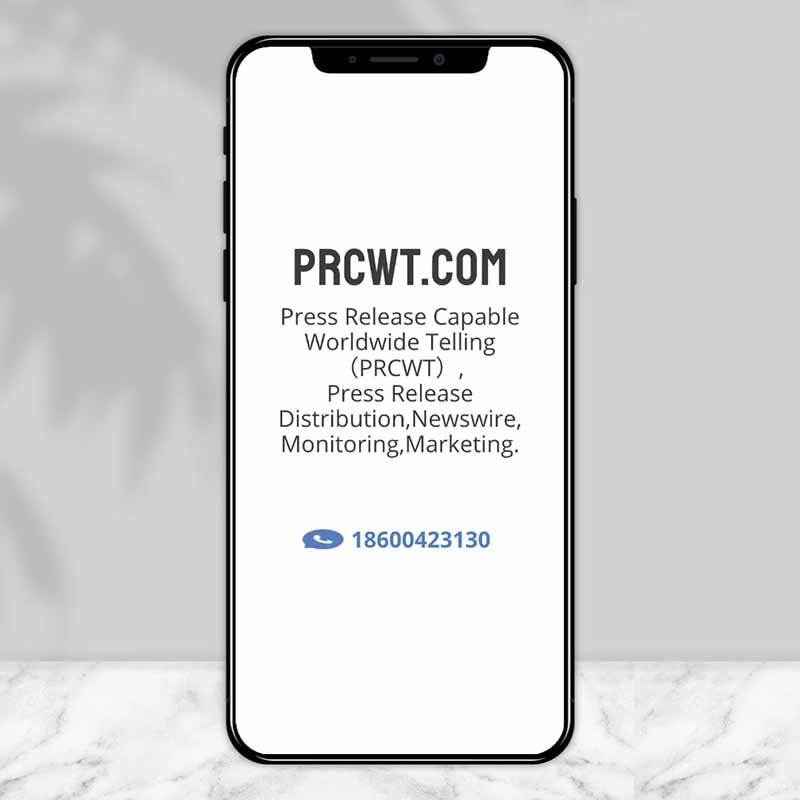In today's digital age, media monitoring has become an essential tool for businesses and organizations. It allows them to track and analyze the conversations happening around their brand, products, or services in real-time. By doing so, they can gain valuable insights into customer sentiment, identify emerging trends, and respond to issues before they spiral out of control.
One of the key benefits of media monitoring is its ability to provide a comprehensive view of the media landscape. With the help of advanced analytics tools, businesses can track mentions of their brand across multiple channels, including social media, news websites, blogs, and forums. This helps them to understand how their brand is being perceived by different audiences and to identify areas where they need to improve.
Another important aspect of media monitoring is its role in crisis management. In the event of a crisis, businesses need to be able to respond quickly and effectively to protect their brand reputation. By monitoring the media in real-time, they can stay on top of the situation and take appropriate measures to address the issue. This can include issuing statements, engaging with the media, and implementing damage control strategies.
In addition to these benefits, media monitoring can also help businesses to identify new opportunities for growth. By tracking the conversations happening around their industry, they can gain insights into emerging trends and customer needs. This can help them to develop new products and services that better meet the needs of their customers and stay ahead of the competition.

Overall, media monitoring is a powerful tool that can provide businesses with valuable insights into their brand, customers, and the market. By leveraging the power of media monitoring, businesses can make more informed decisions, manage risks more effectively, and drive growth.
